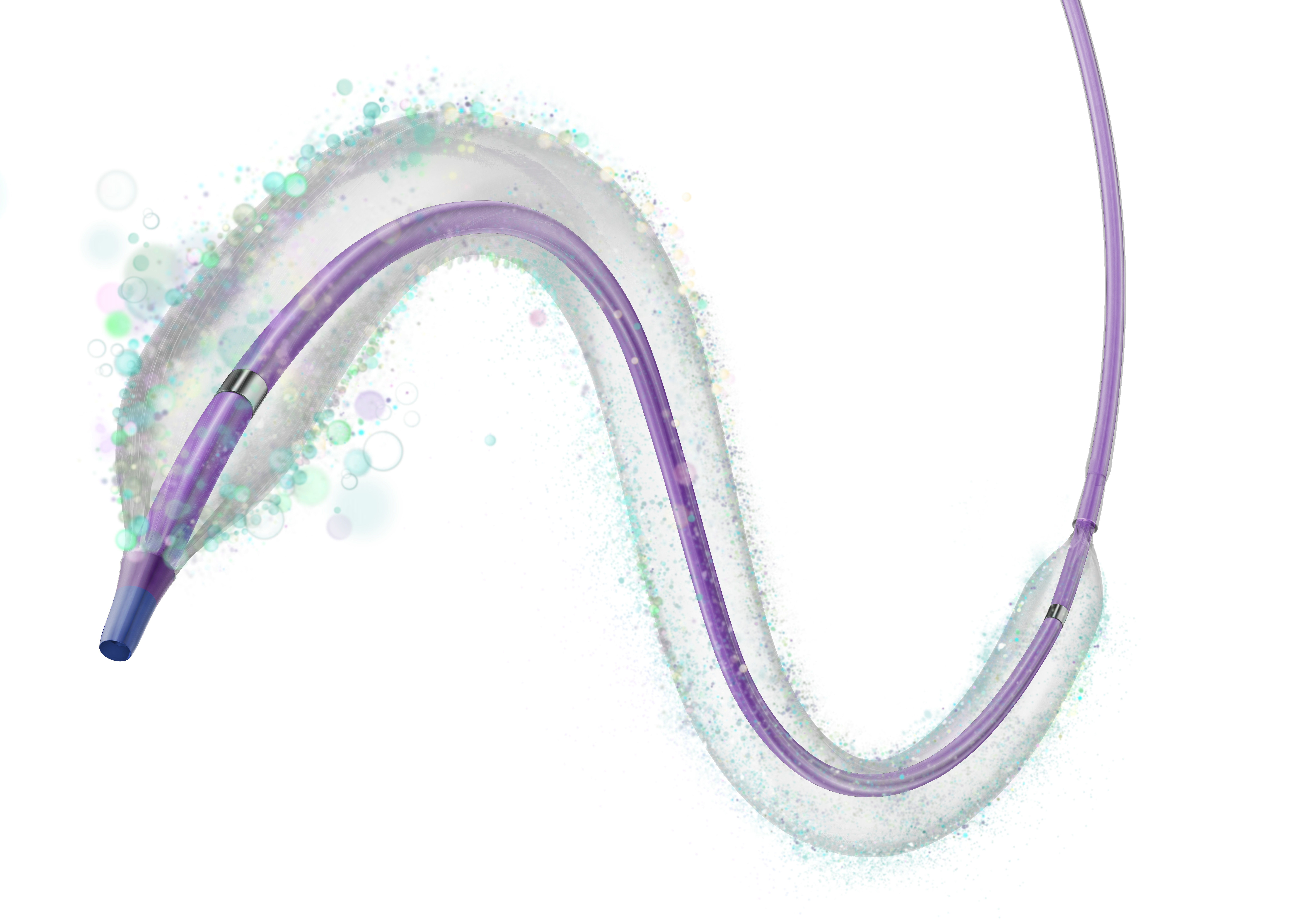
The US Food and Drug Administration (FDA) has approved Medtronic’s IN.PACT Admiral drug-coated balloon as a treatment for in-stent restenosis in patients with peripheral artery disease. This is the first drug-coated balloon to gain approval to treat in-stent restenosis in the USA.
According to a company release, the FDA approval was based on in-stent restenosis data from the IN.PACT Global Study, comparing use of the device to standard percutaneous balloon angioplasty control.
“We are experiencing a paradigm shift in treating patients with complex peripheral artery disease,” says John Laird, interventional cardiologist at University of California Davis Medical Center (Davis, USA) and co-principal investigator for the IN.PACT Superficial Femoral Artery Trial. “Until now physicians have had limited treatment options to address patients with in-stent restenosis. The FDA’s approval of the IN.PACT Admiral drug-coated balloon allows us to treat patients with a durable, proven, and safe technology.”
Mark Pacyna, vice president and general manager of the Peripheral business, which is part of the Aortic & Peripheral Vascular division at Medtronic, says, “We designed the IN.PACT Global Study to look at challenging lesions in real-world patients. Today, the IN.PACT Admiral drug-coated balloon has demonstrated consistent outcomes across all patient morphologies, and it is the only drug-coated balloon approved to treat patients with in-stent restenosis in the USA.”
Real-world data from the IN.PACT Global Study demonstrating safe and effective treatment of complex in-stent restenosis lesions was first presented on the scientific podium at VIVA 2015 (Las Vegas, USA). The one-year primary patency rate for this difficult to treat patient subgroup in the IN.PACT Global ISR Imaging Cohort was 88.7%, and the clinically-driven target revascularisation rate was 7.3%. The mean length of lesions was 17.2±10.5cm, with 34% occluded in-stent restenosis lesions. Additional in-stent restenosis data from the IN.PACT Global Study and a percutaneous balloon angioplasty control were used to gain FDA approval of the in-stent restenosis indication.













